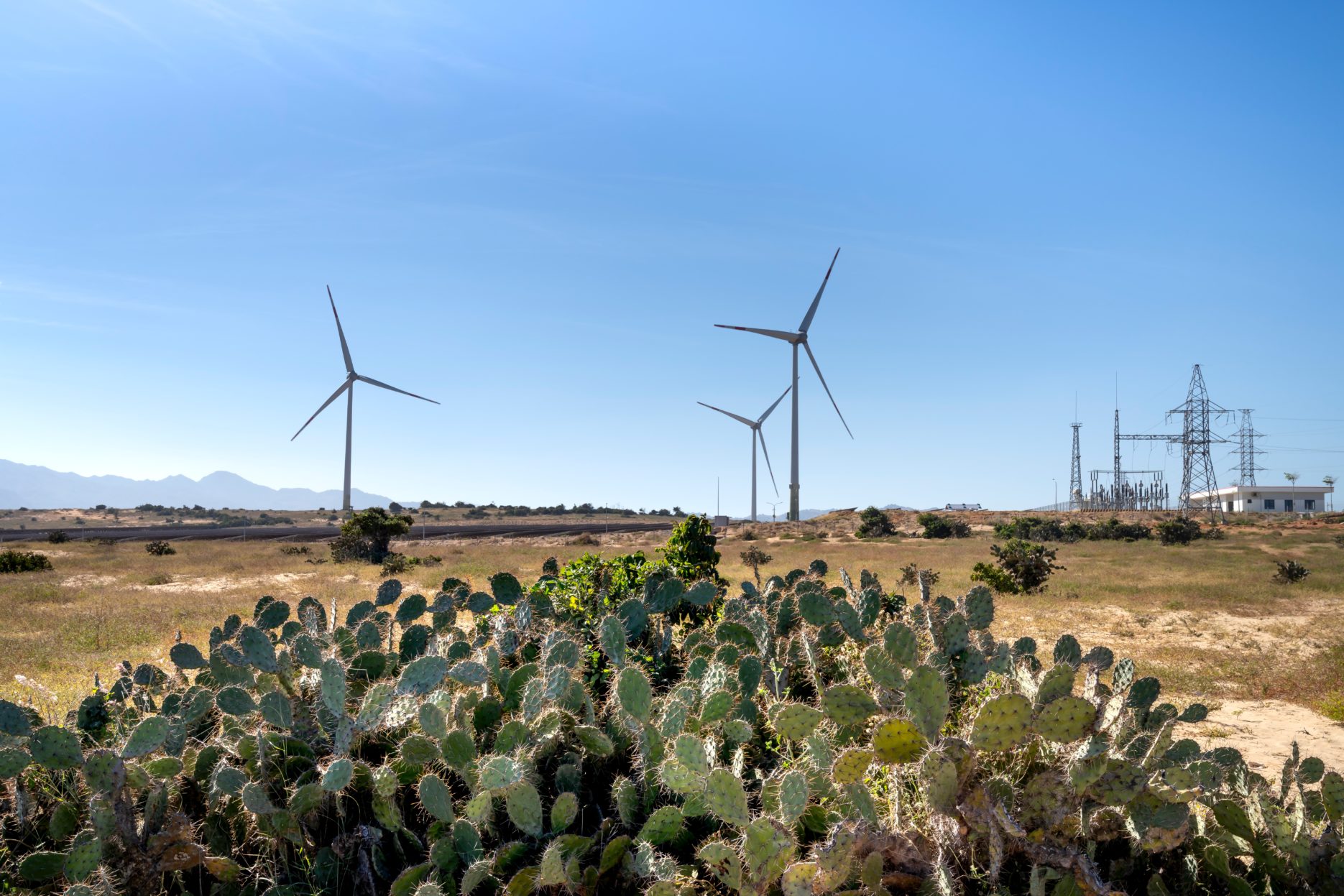Since January 2020, China’s President Xi Jinping hasn’t travelled outside of the country. This lack of travel includes global events such as the G20 summit last weekend or the long-awaited COP26 focusing on climate concerns.
Xi’s absenteeism is likely due to China’s strict Covid rules, with no flexibility in the isolation policies and travel restrictions. As a result of this, international airlines have seen a 97% drop in business since last March, due to extensive travel conditions put upon the Chinese population. There is also a reluctance to attend these international events when the UK has a reported 40,000 confirmed Covid cases a day.
On 28 October, China confirmed its nationally determined contribution to the United Nations, namely acknowledging the peak of carbon emissions by 2030 and becoming carbon-neutral by 2060. The country also pledged to lower carbon dioxide emissions per unit of GDP by 65%, from its 2005 level.
In terms of developing renewable energy, China continues to lead the world by launching a massive project in the desert last month. The construction on the first phase has kicked off smoothly, comprising 100 gigawatts of installed wind and solar capacity with this initiative being at least twice the size of the world’s second-largest planned development.
In the meantime, Chinese scientists are working at full speed to innovate ways of reducing carbon emissions. Today, China’s agricultural science community announced a global breakthrough that can help the country reduce 250 million tons of carbon dioxide emissions, by turning waste carbon into feed protein.
This new technique will help the biggest buyers of soybeans feed its vast livestock sector in a more environmentally friendly way, producing 10,000 tons of proteins annually out of carbon monoxide.
Read more:









